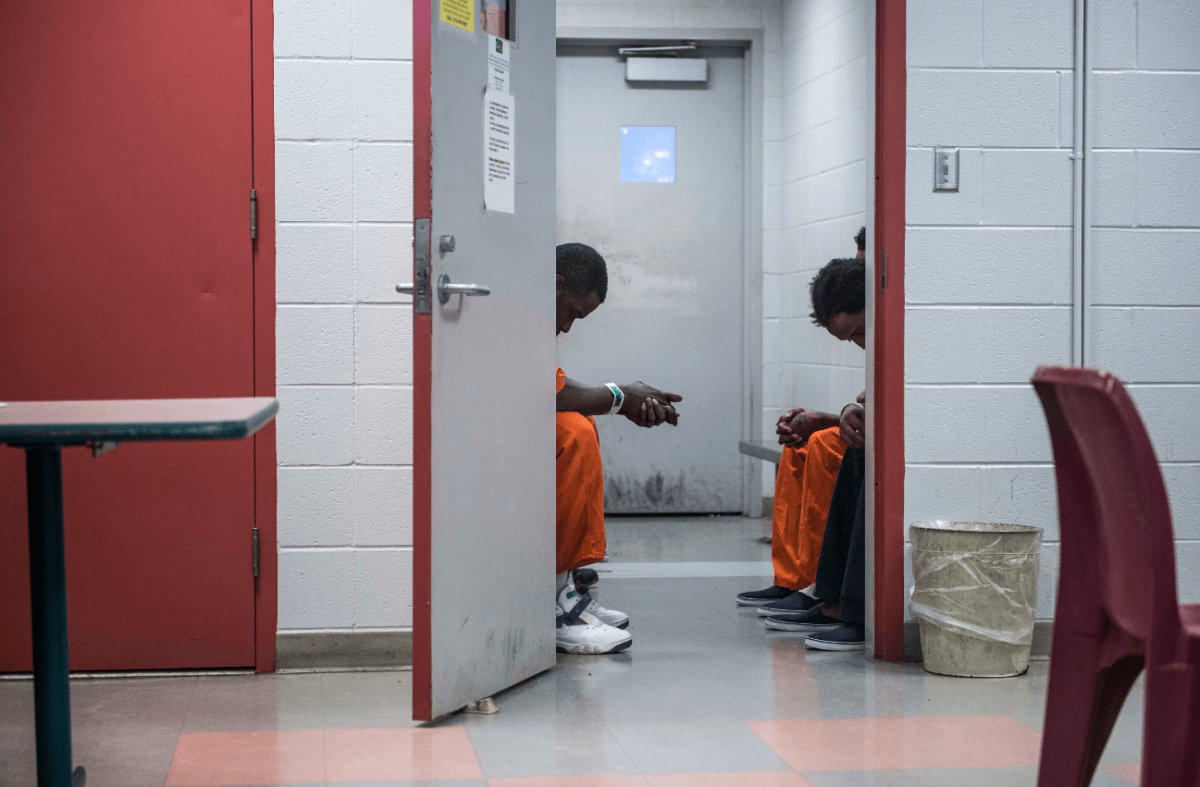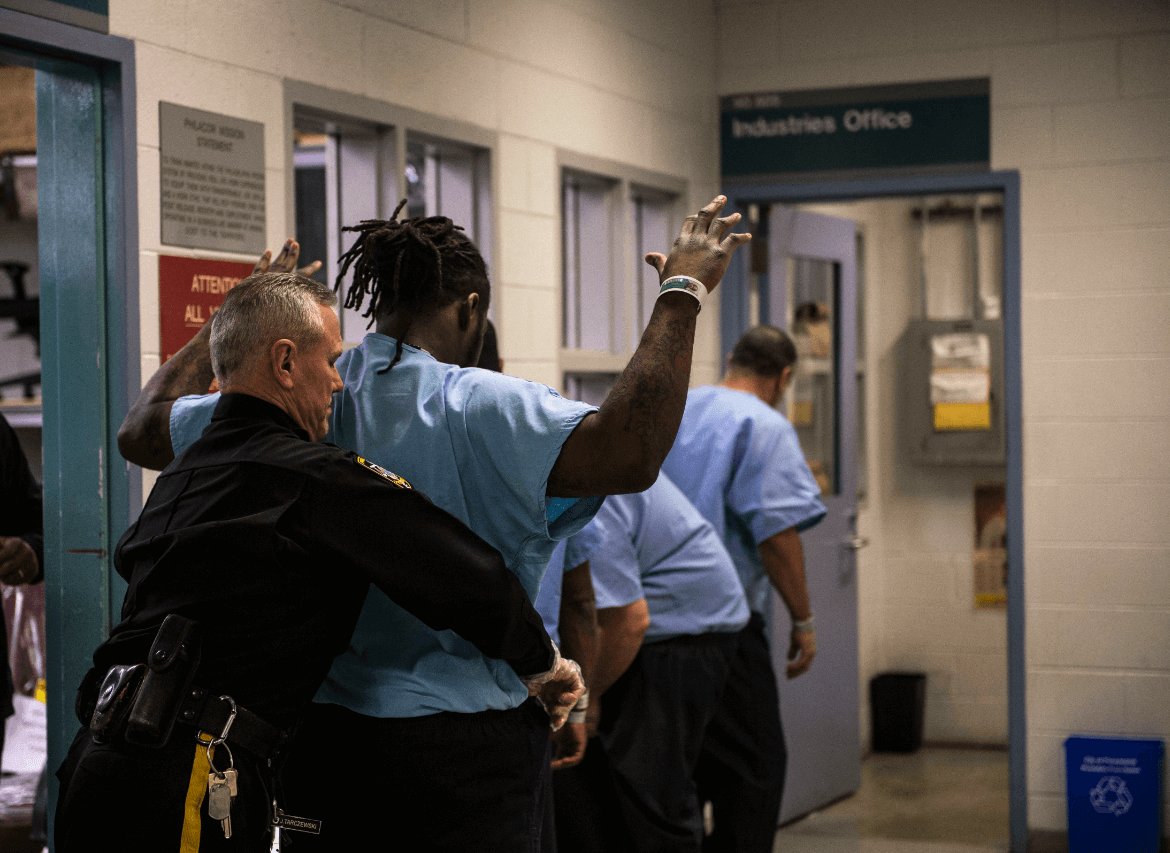Philadelphia prisons are crowded.
Everyday, more citizens are shuffled in, and fewer and fewer inmates are shuffled out.
Philadelphia Prisons Commissioner Lou Giorla, who is retiring next year, has been working to fixing the problem for 33 years.
Between 2008 and 2011, he succeeded: the prisons saw a sharp decline in its populations. But from 2012 to 2014, the numbers crept back up to pre-2007, over capacity, numbers.
In the first of a three–part series, Metro examines the issues from three perspectives: the prisons, the judicial system, and the families of the incarcerated.
In part one, Giorla discusses the overpopulation problem, his ideas on how to fix it, and what can be done moving forward.
Metro:Does the prison system have any real control over who is admitted and who is released?
LG: We have some control over who is released from jail, because our programming can gain inmates time off their sentences. If they participate, do well and have clean disciplinary records, they can reduce their time. For pre-trial detainees, we don’t have much of an influence, but, we work as part of the Criminal Justice Advisory Board to look at deficiencies in the system and to minimize pre-trial detention. … I don’t mean … just letting people go. We’re talking about an efficient trial system, and the sharing of information among the agencies that will allow us to work faster and better. Metro:What about violent crime?
LG: We’ve seen an increase in the number of violent offenders in our custody in the last year or two, primarily because the city’s successful efforts to reduce violent crime have caused a lot more people to get locked up. The thing is once they get locked up, that trial process sometimes takes longer than we like. Metro: Right, so you have to hold on to them longer.
LG: Yeah, you have a pre-trial homicide defendant who might spend two to three years here awaiting trial.
Metro: Is that average?
LG: Yeah, that’s about average. We’re trying to reduce that time of stay and make the process more efficient. … because pre-trial is just a temporary status. And once they get equated or either sentenced to time (at Holmesburg Prison) or state sentence or put out on some type of probation, or diversion program, and we want to make that process as quick as possible. Metro: How many beds to you have in the system and how do you handle the overcrowding?
LG: We have about 6,900 permanent capacity beds throughout our campus (in Holmesburg) and we have four satellites. Over the years we’ve created temporary housing areas and some other alternative housing areas to accommodate the overflow. In some cases we’ve repurposed recreation areas as housing. Here and in the house of correction we use a third bunk in a cell that is designed for two people. Here we use a plastic shell like a cot. In the house of corrections we use a metal rack, a third bunk because the cells are bigger. And we try and keep those beds to a minimum. We monitor them hour by hour, shift by shift. We rotate individuals every 60 days so that they’re not in those quarters constantly.































